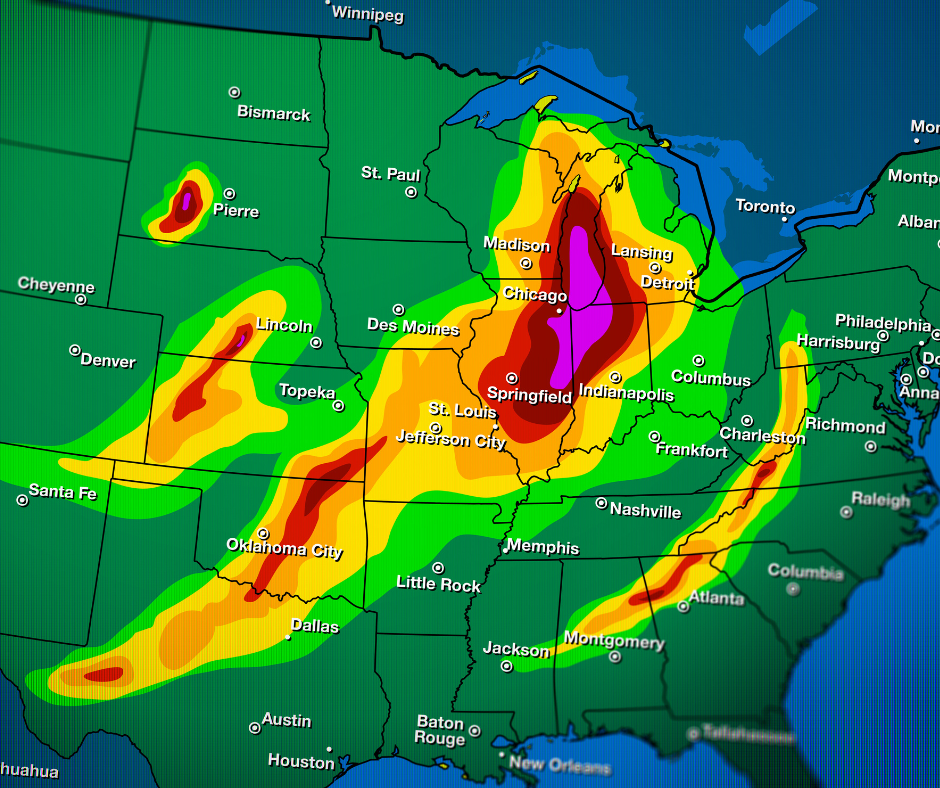The Village of Algonquin, IL
Welcome to the website for the Village of Algonquin!
Severe Weather Preparedness
Algonquin is committed to keeping residents informed and prepared for severe weather.

Explore Topics
Cooling Center Information
In the event of a heat emergency, the lobby of the Ganek Municipal Center, located at 2200 Harnish Drive, serves as a cooling center during regular business hours. For those needing relief outside of these hours, the Algonquin Police Department lobby, located on the lower floor of Ganek Municipal Center and accessible from Stonegate Road, is available 24 hours a day.
Additional locations throughout the area also serve as cooling centers. Find a cooling center near you.
Warming Center Information
Warming centers are an important resource during extreme cold weather, providing a safe place for individuals to stay warm. In the event of a cold emergency, residents are encouraged to seek shelter at a designated warming center or contact local authorities for assistance.
Cold weather is often accompanied by snow and ice. Learn how the Village manages winter road conditions to keep streets safe and accessible.
Severe Weather Preparedness
Severe weather can develop quickly in the Algonquin area, especially during warmer months when high winds, lightning, and heavy rainfall are more frequent. Taking a few simple steps can help protect your household and property.
- Secure Property: Bring in or tie down outdoor furniture, trash bins, and loose items that could become dangerous in strong winds. Clear gutters and storm drains to reduce the risk of flooding.
- Seek Shelter: Head indoors at the first sign of severe weather. Avoid windows, postpone outdoor activities, and never shelter under trees or near power lines during a storm.
- Stay Alert: Use weather apps, local media, or a NOAA Weather Radio to track conditions. Monitor alerts from the National Weather Service for the most accurate and up-to-date information.
For more tips and printable checklists, visit the National Weather Service Preparedness Page.



